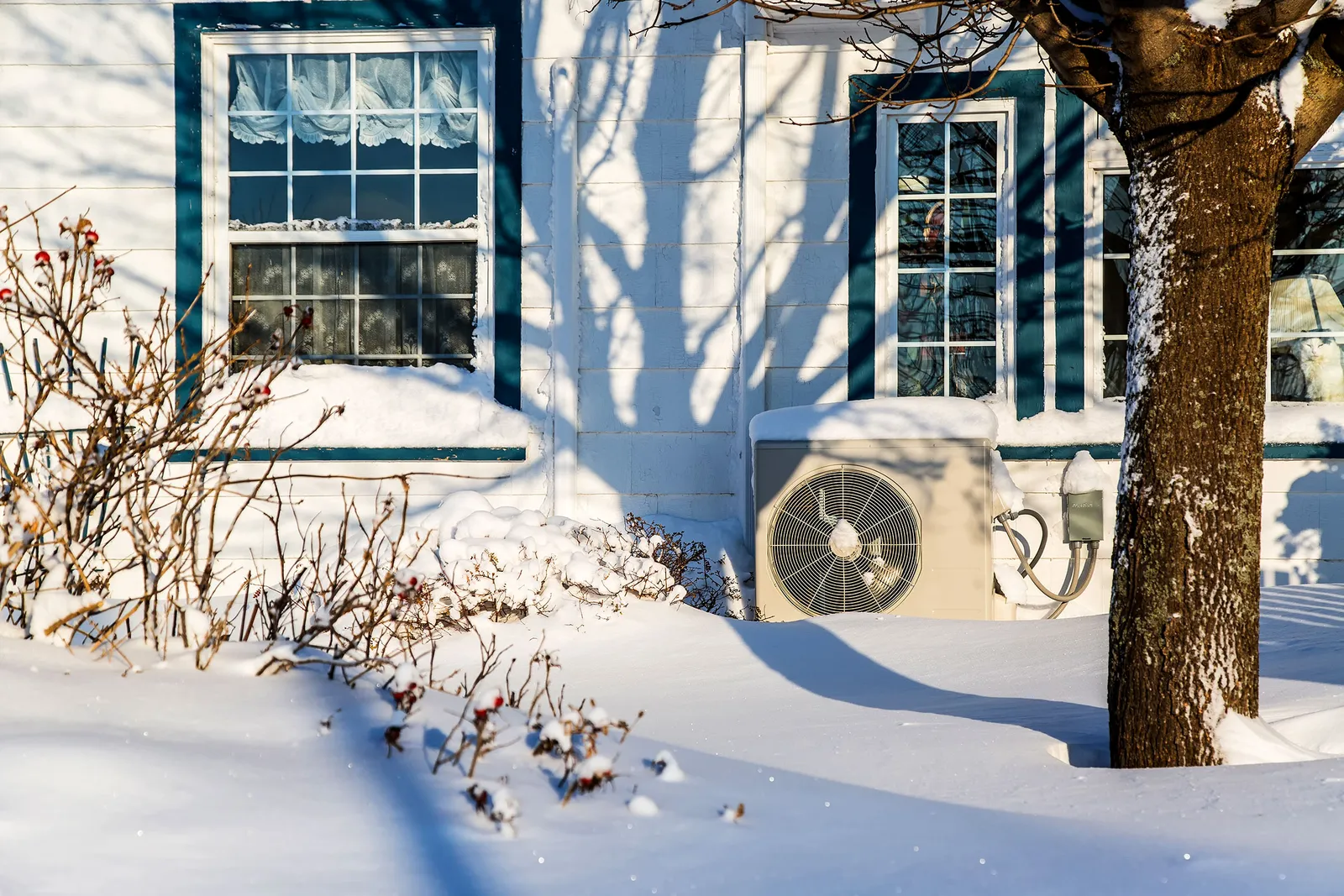If we are to achieve the 2050 net zero target set out by United Nations, changes will be needed across the board. For instance, cities will need to adopt smarter urban planning models that minimise private transportation; car manufacturers need to introduce battery-power across their model range; building owners will have to consider retrofitting before proceeding with demolishing old housing stock, and construction companies will need to assess sustainable alternatives to concrete.
Mitigating our impact on the environment will also require action on the part of homeowners, too. More and more governments around the world are encouraging people to replace gas boilers with heat pumps, with the goal of reducing emissions and improving energy efficiency. However, the promotion of this technology hasn’t been without controversy – particularly in the UK.
So what exactly are heat pumps? How do they work? And are they really the future, or just hot air?
What is a heat pump?
A heat pump is a device that uses electricity to transfer energy from one location to another. The name ‘heat pump’ is itself somewhat misleading, as it can provide both hot and cool air to a building as required.
For instance, in the winter, pumps can extract heat from outside of a home and move it inside, while in the summer, it can transfer warmth from inside to outdoors.
Air source heat pumps work by using thermal energy derived from the hot air outside a building. Using fans, this warmth is blown across a heat exchanger to heat up its refrigerant liquid.
This form of pump is the most prevalent, as it can be installed outside of a building with relative ease. They’re also effective in winter despite the lack of hot air, thanks to their ability to capture thermal energy.
There are two main types of air source pump. Air-to-air pumps use air from outside, feeding it into a building through fans. In contrast, air-to-water pumps feed air into a wet central heating system, and can produce hot water.
The price of the gas and oil that fuels our boilers is prone to fluctuation – particularly in the wake of economic uncertainty and global conflicts like the invasion of Ukraine. Pumps represent a cheaper and less volatile option – building owners will save on the cost of ordering fuel and have the opportunity to eliminate their gas bills.
Heat pumps are known for their efficiency. They only draw one-third of their energy from electricity, which can potentially compensate for the price difference compared to oil and gas systems, and are at least three times as efficient as gas boilers.
Around 70-80% of the energy provided by an average heat pump is renewable. What’s more, research from EDF found that installing a pump can cut your carbon emissions by over 23 tonnes of CO2 over a decade, making it an attractive option for businesses and residents looking to reduce their carbon footprint.
Unlike gas boilers, heat pumps tend to be outside of a building or underground, meaning building and homeowners can make use of the extra space for storage.
The UK, USA, Germany, New Zealand and many other countries offer subsidies, incentives and grants for the adoption of heat pumps that can help with the significant cost of buying and installing them.
source: University of the Built Envinronment



